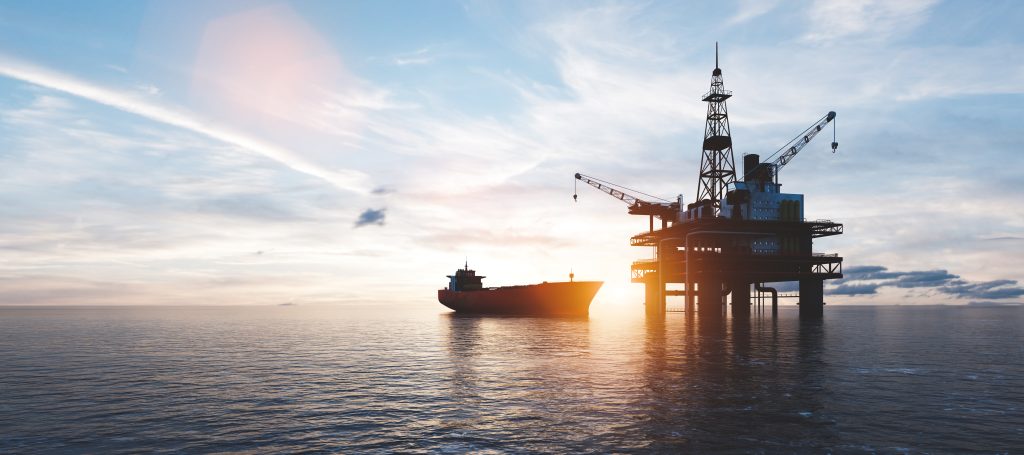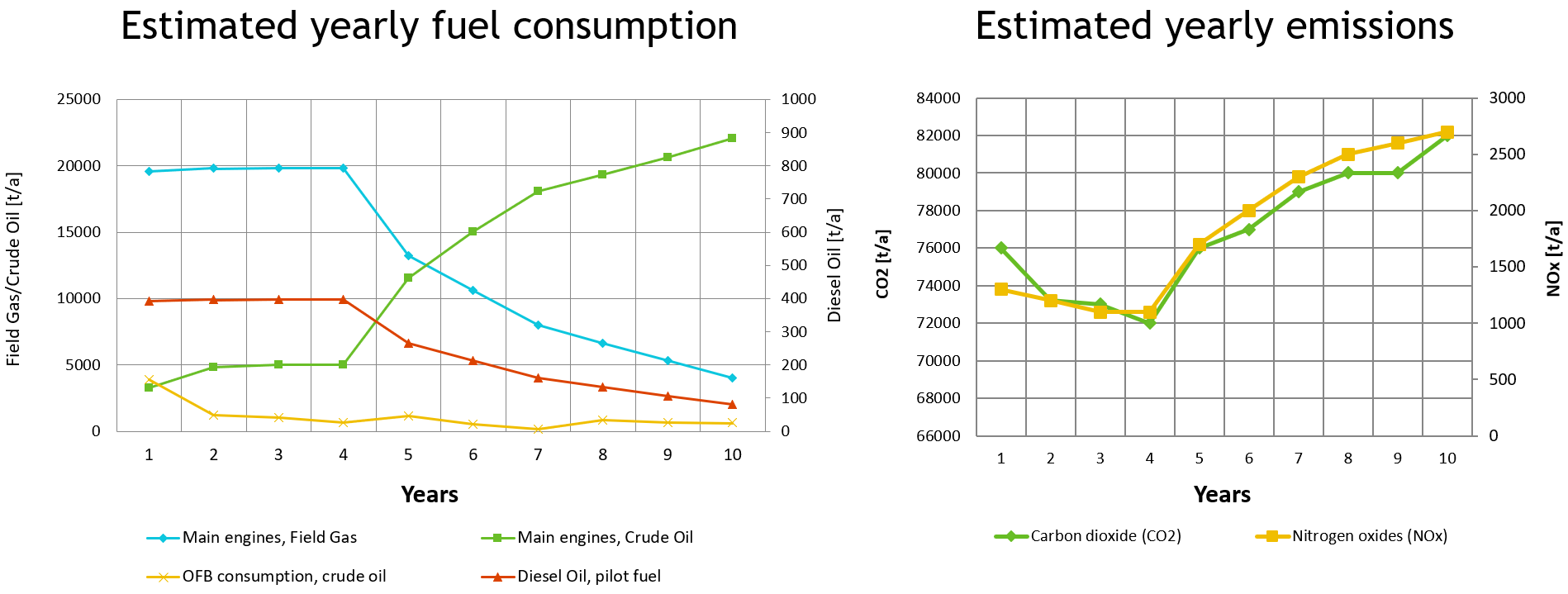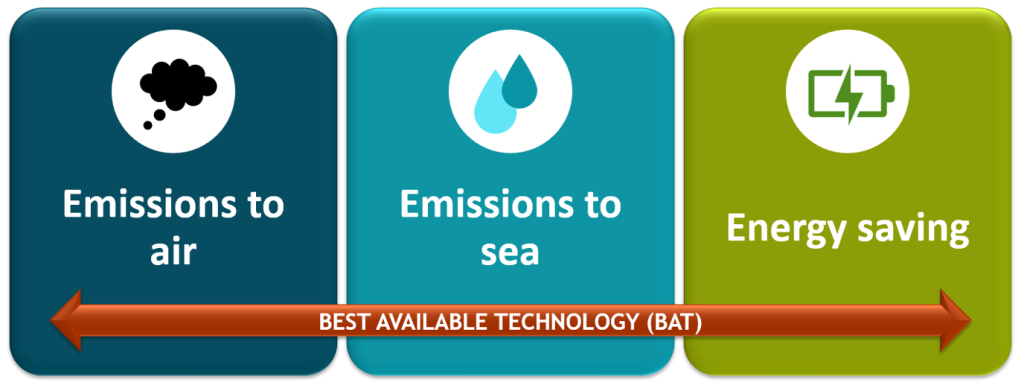Offshore energy goes green part 1: energy balance & simulations

In recent years, we have seen significant efforts and improvements made by the maritime industry in terms of energy efficiency and emission reduction. Sustainability goals have been set and implemented in many global shipping companies and, even more positively, genuine actions have been taken towards a more sustainable industry.
At Deltamarin, the Offshore segment (Oil & Gas, renewables) is also an important part of our portfolio in design and engineering services. The offshore segment has traditionally seen as “less sustainable” business producing hydrocarbons, such crude oil and natural gas. Despite this public understanding, there has also been significant improvement in emission reductions in the offshore energy segment. We have also been in a great position to support the offshore industry in reducing its emissions, and thus looking for entire “from well-to-tank” supply chains of hydrocarbons.
With our background of working closely with passenger vessels segment for 30 years, Deltamarin has gained extensive experience and knowledge in Energy and Environmental Efficiency (EEE), which is now also being applied to offshore vessels and floating units. We have been delighted to see that our clients have expressed great interest in studying their EEE performance and also in reducing the environmental footprint of their operations.
EEE analysis is based on our inhouse-developed holistic energy flow modelling and simulation tool, which is also widely applicable to offshore units among the marine vessels. The tool itself is a highly flexible, dynamic simulation platform at system level that can accept data in various formats and levels of precision. Great flexibility is required, since the energy models are configured for various purposes, such as power generation, marine systems and special operational processes.

Follow-up of the Key Performance Indicators (KPIs) for a selected offshore unit can be established from initial design development up to the detail engineering phase within the same simulation model, and follow-up during the operating life of the asset can be continued. This model is applicable to both newbuild projects and existing operating units.
Depending on the unit or vessel type, the following source data is typically used as an input for the simulation model;
- Load profile (electricity and heat)
- Available fuels (field gas & oil, diesel, etc.)
- Power generation and other machinery systems
Source data can be either data measured from an existing unit if available, or estimated based on the initial design and field studies. Various system configurations or alternative fuels can easily be simulated and compared.
As an outcome of the simulation, we can report, for example, fuel consumption, emission footprint and breakdown of energy (electricity and heat) consumption. Potential sources of energy and emission savings with estimated payback times can be identified based on these results. Finally, decisions can be made by reflecting results against previously defined KPIs.

In order to reflect the results against short- or long-term energy and environmental efficiency goals, Best Available Technology (BAT) assessment can be prepared in order to review the availability and maturity of the potential technical solutions to reach the targets. Study shall focus on the items with the largest impact on the environment such as emissions to air. Nevertheless, all interesting solutions can be covered.
The model is therefore a very flexible and efficient tool in supporting the decision-making process by evaluating multiple system configurations and available fuels in parallel. The best project specific solution can be identified with regards to the emissions, CAPEX and OPEX.

Our energy flow simulation tool has a proven track record in emission reduction and energy savings. It has been successfully applied in several projects in recent years with proven savings in marine vessels. We are excited to continue the work of supporting the offshore industry towards a more sustainable future and decarbonisation.
More practical case example will follow, so stay tuned! Meanwhile, I’m happy to discuss how we could support you in meeting your future sustainability targets.
Want to read more? See also our other published blogs.
For more information, please contact
